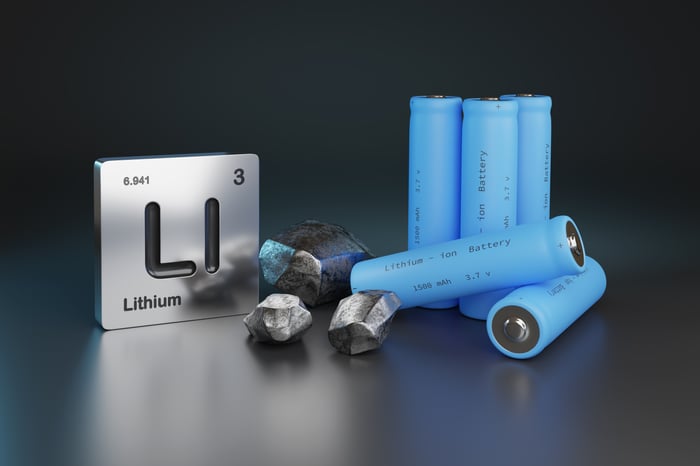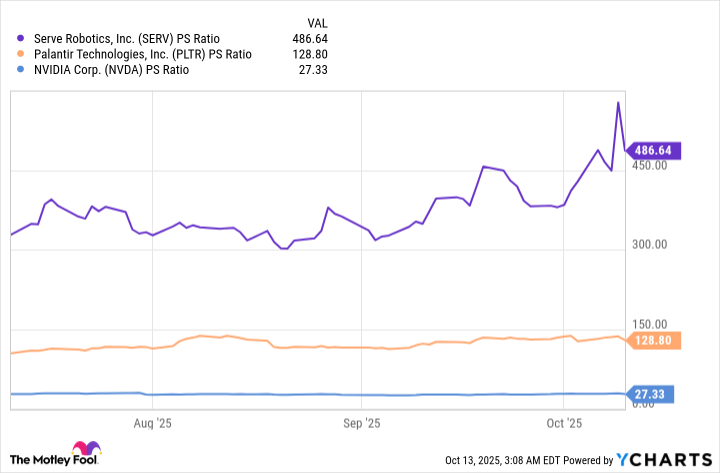Why Chainlink Soared Almost 15% Today
Chainlink is leading the way higher in the crypto sector today. Here’s why.
Among the leading megacap cryptocurrencies in the market, Chainlink (LINK 8.05%) has been one of the more volatile digital assets of late. The project’s native LINK token has surged 14.4% since 4 p.m. ET yesterday, as of 2:30 p.m. Monday. This move is notable in the crypto sector during this trading session, and indicates a significant amount of interest in Chainlink from investors of all types.
Let’s dive into the investment case around Chainlink, and specifically what’s driving today’s move in the top token.
Catalysts galore

Image source: Getty Images.
Chanlink is a crypto project I keep pretty close tabs on. But from time to time, it’s possible to overlook certain catalysts for a given project. And Chainlink has seen a flurry of updates and integrations the market has clearly caught on to faster than me.
One of the more notable catalysts comes from the institutional investing world, with Nasdaq-listed real estate company Caliber Corporation announcing this past week it was buying another $2 million worth of LINK tokens. This brings the company’s holdings to roughly $10 million, signaling that there are other tokens in the market companies are interested in buying outside of Bitcoin.
Also last week came a joint announcement from S&P Global Ratings and Chainlink around a partnership to allow financial institutions to have more visibility into the stability and holdings supporting various stablecoins. Chainlink’s core oracle capabilities, in allowing off-chain data to be ported onto the blockchain, has allowed for these sorts of partnerships. And right now, the market appears to be banking on additional partnerships coming down the line.
But perhaps the most notable recent news driving Chainlink higher today comes via so-called whales, or large crypto investors, who have continued to add to their holdings in LINK. In other words, it’s not just companies like Caliber Corporation stepping up to the plate. Big-time crypto investors are buying heavily, with recent reports indicating that $116 million of Chainlink’s native token has been purchased since its recent dip.
Bottom line
Overall, Chainlink’s status as a core oracle network sets it apart from the competition and provides a solid long-term investing thesis. However, these recent catalysts do suggest that the dips we’ve seen in Chainlink may continue to be bought.
Currently, Chainlink remains among the top tokens on my watch list, and I’d encourage investors to keep an eye on this token before its next catalyst materializes.
Chris MacDonald has no position in any of the stocks mentioned. The Motley Fool has positions in and recommends Bitcoin and Chainlink. The Motley Fool has a disclosure policy.
















